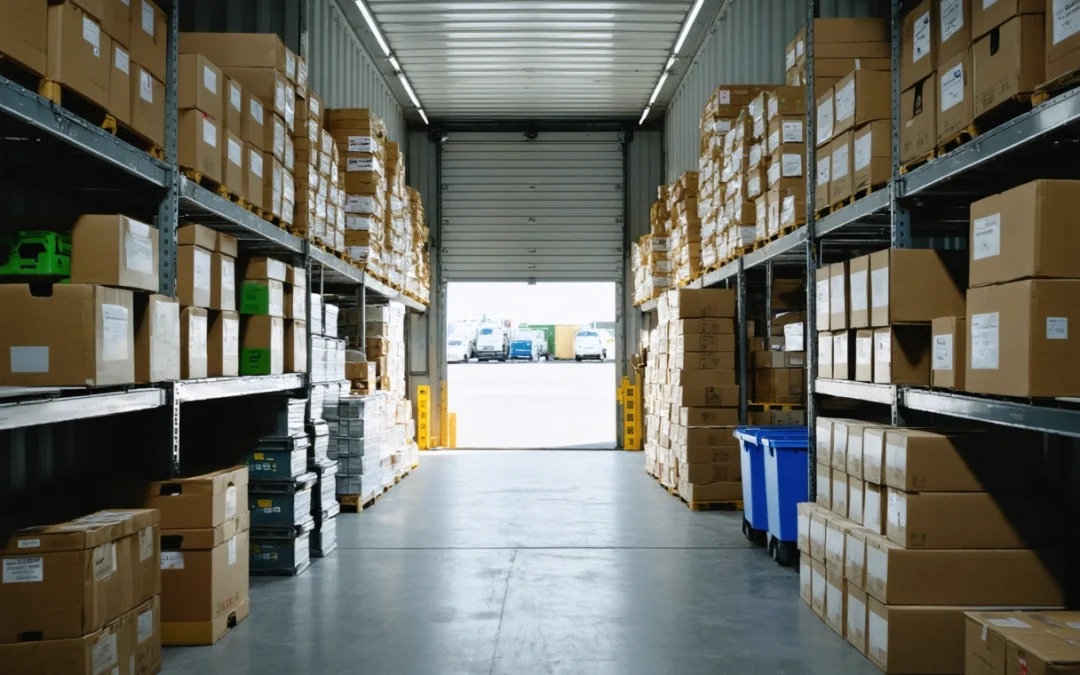Maximizing Space: How to Effectively Organize Your Rental Storage Container
Whether you are moving, decluttering, or simply need extra space, renting a storage container can be a game-changer. Yet, many people find themselves frustrated by wasted space, chaotic piles, and lost items inside their rental storage containers. To truly capitalize on the investment, you need to know how to maximize every square inch and organize efficiently. In this comprehensive guide, you’ll discover proven strategies, expert tips, and practical examples to help you organize your rental storage container like a pro. Let’s dive into the world of smart storage solutions and make your next storage experience stress-free and effective.
This post will walk you through everything from planning your container layout to selecting the right packing materials and creating a system that makes retrieval easy. By following these steps, you can maximize your rental storage container, save time and money, and ensure your belongings stay safe and accessible.
Why Proper Organization Matters in Rental Storage Containers
Rental storage containers offer flexible, on-demand storage for homeowners, renters, and businesses alike. But without a solid organization plan, they can quickly turn into a jumble of boxes and forgotten items. Poor organization leads to wasted space, difficulty accessing your belongings, and a higher risk of damaging valuable items.
Effective organization isn’t just about fitting more things into your container. It’s about protecting your possessions, optimizing container rental costs, and reducing the stress that comes from not being able to find what you need, when you need it. By organizing your container thoughtfully, you can create a system that is both space-efficient and user-friendly.
Step One: Assess and Categorize Your Belongings
Before you even rent a storage container, take stock of what you’ll be storing. Sorting your items into categories will help you estimate the size of the container you need and make the organization process far easier. Common categories include household goods, seasonal items, business inventory, and furniture.
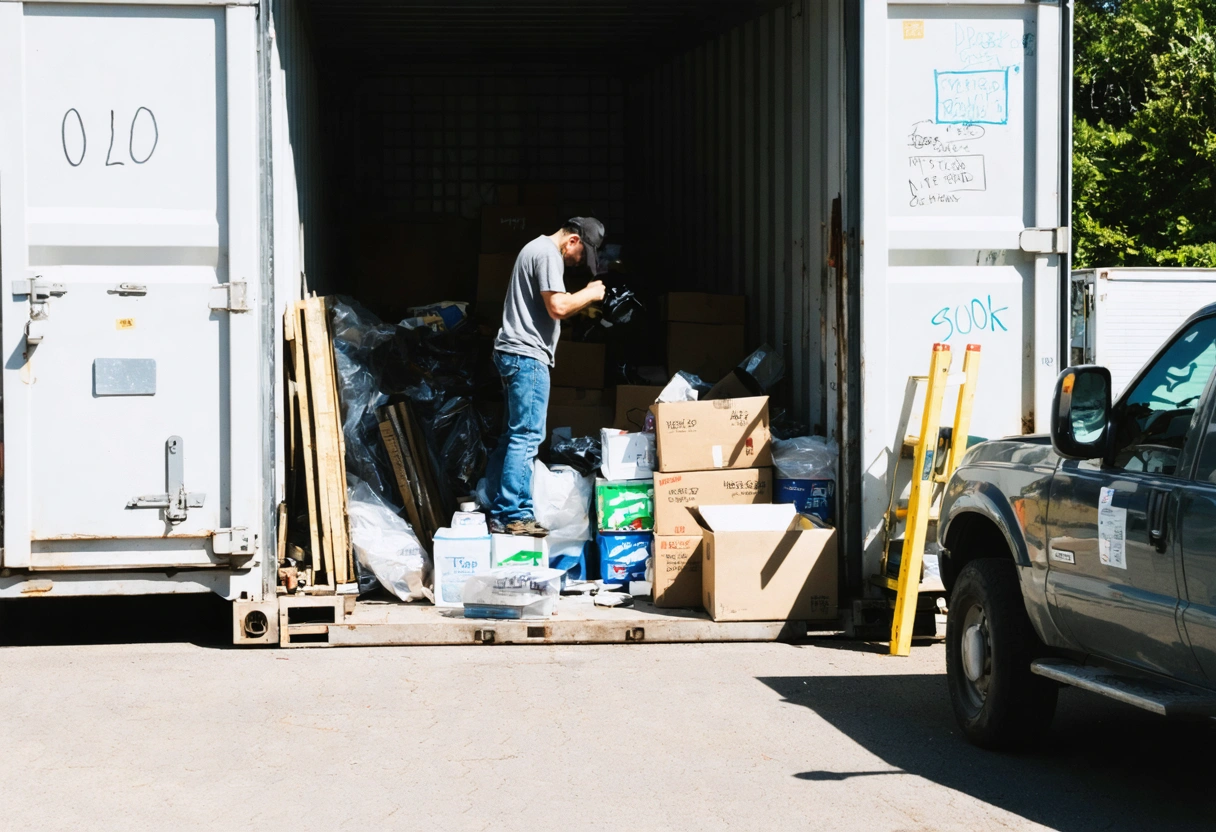
Next, evaluate each category for necessity. Are there items that can be donated, sold, or discarded before storage? An honest assessment reduces the load and saves both space and money. According to the New York Times Guide to Cleaning and Organizing, decluttering before packing is one of the most effective ways to reduce chaos and maximize storage efficiency.
Finally, group similar items together. This makes it easier to locate specific belongings later and allows for more efficient packing, as items of similar size and fragility can be stored together. Taking inventory and labeling each box with detailed contents will pay dividends when you need to retrieve something quickly.
Choosing the Right Size and Type of Rental Storage Container
The next crucial step is selecting a storage container that matches your needs. Storage containers for rent come in various sizes, typically ranging from small 8-foot units to large 40-foot containers. Consider not just the volume of your belongings, but also the nature of what you are storing. For example, climate-controlled containers are essential for items sensitive to temperature and humidity, such as artwork, electronics, or important documents.
Beyond size and climate control, think about the accessibility features of the container. Some containers have double doors or ramps for easier loading and unloading. Research your options and choose a container that fits both your belongings and your organizational style. Resources like the Family Handyman Self-Storage Tips provide detailed advice on container types and features to help you make an informed decision.
Estimating Container Size
To estimate the size you need, measure large items and calculate the total volume of boxes. When in doubt, opt for a slightly larger unit to provide room for aisles and future additions. Overstuffing a container makes retrieval difficult and increases the risk of damage.
Packing Materials: Invest in Quality for Better Organization
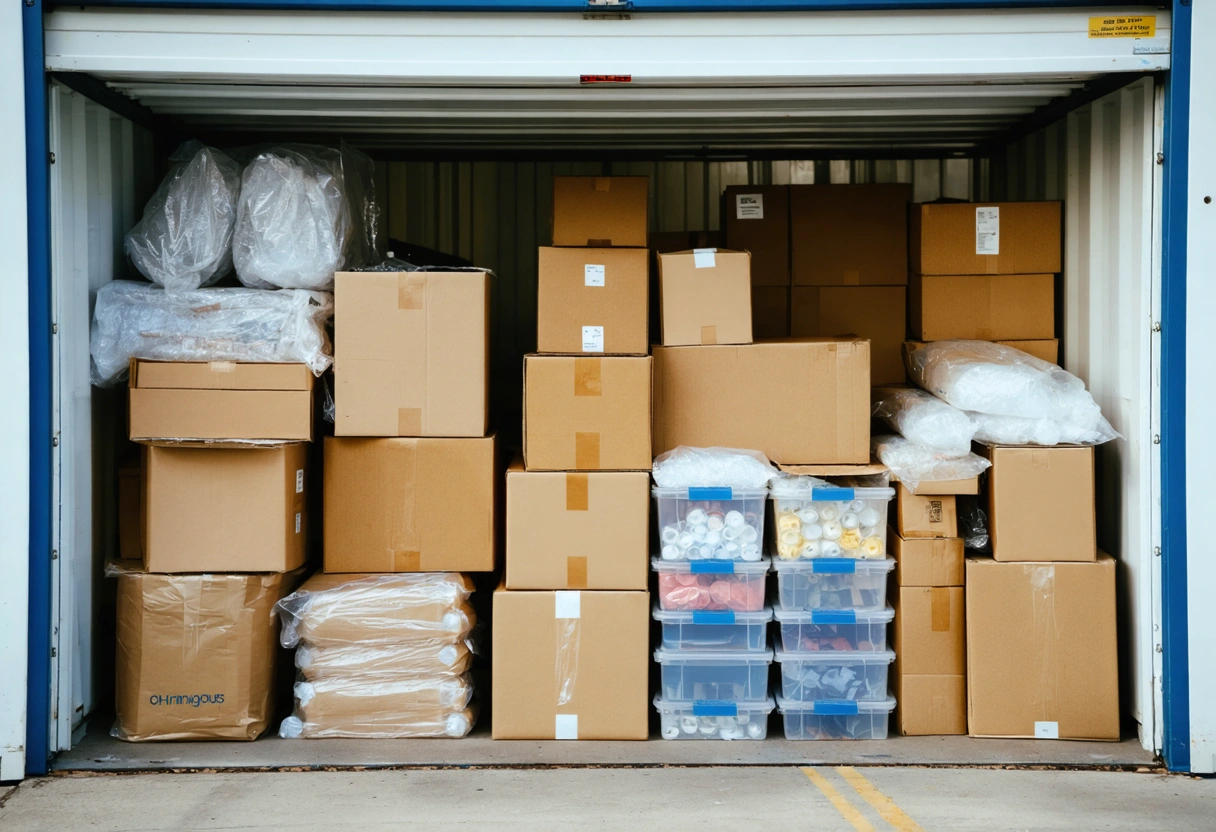
The right packing materials can make or break your organizational efforts. Invest in sturdy, uniform-sized boxes, heavy-duty plastic bins, bubble wrap, packing paper, and high-quality tape. Uniform boxes stack neatly, reducing wasted space and making it easier to build stable towers. Clear plastic bins are excellent for items you may need to access frequently, as they allow you to see contents at a glance.
Don’t forget specialty supplies like mattress covers, wardrobe boxes, and furniture pads. These not only protect your items but also make them easier to stack and organize. Incorporating shelving units or stacking racks can further increase vertical storage capacity and improve accessibility. The Good Housekeeping Storage Ideas page offers creative solutions for maximizing space with smart packing materials.
Labeling: The Unsung Hero of Organization
Label every box and bin clearly, using both the top and at least one side. Include a brief list of contents and the room or category the items belong to. For even greater efficiency, use a numbering system and keep a master inventory list. This approach is invaluable if you need to find a specific item quickly, saving you time and preventing the need to unpack multiple boxes unnecessarily.
Strategic Packing: Using Space Efficiently
Now that you’ve sorted, categorized, and gathered quality packing materials, it’s time to load your rental storage container. The way you pack can dramatically influence how much you can fit and how easy it is to access your belongings later.
Begin by loading heavy, sturdy items such as appliances, furniture, or machinery first. Place these against the walls and at the bottom to create a stable base. Stack lighter boxes and fragile items on top. Use vertical space by stacking boxes up to the ceiling, but avoid creating unsafe, top-heavy piles.
Creating Aisles and Access Points
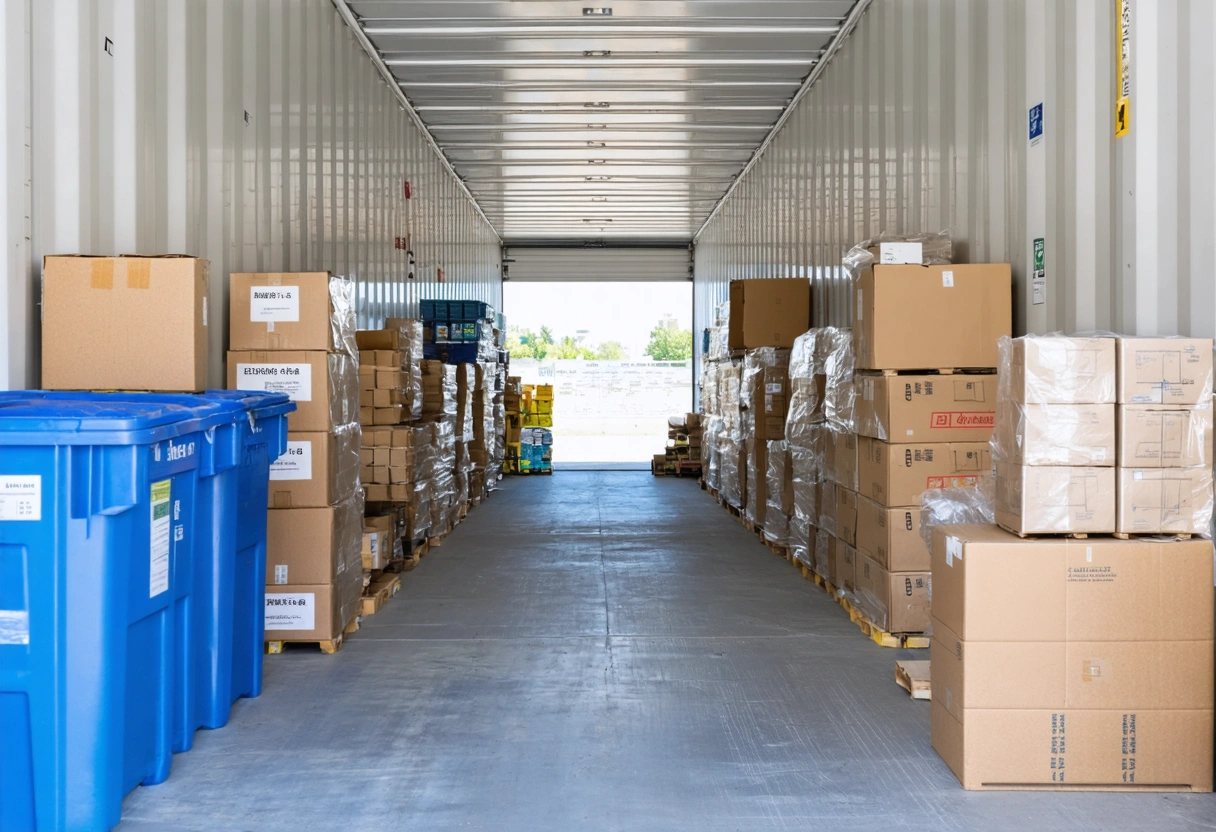
One of the most common mistakes people make is packing their container wall-to-wall, floor-to-ceiling, with no thought to access. If you anticipate needing to retrieve items before emptying the container, leave a narrow aisle down the center or along one side. This allows you to reach boxes at the back without having to unpack everything in front.
Store frequently used items near the front of the container or at the top of stacks. Items you are unlikely to need can go at the back or bottom. If possible, sketch a rough map of your container’s layout and attach it to the inside of the door for quick reference.
Fill Voids and Prevent Shifting
To maximize space, fill all gaps and voids between boxes and furniture. Use soft items like blankets, towels, or pillows to cushion fragile items and fill awkward spaces. This not only makes full use of available space but also prevents items from shifting during transport or while in storage.
Make sure to brace items that could move or tip over. Use tie-down straps, bungee cords, or rope to secure large items to the container’s anchor points. For more advanced techniques on securing and padding items, consult the Consumer Reports Guide to Packing for a Move for expert-approved safety tips.
Smart Organization Systems for Long-Term Storage
If you plan to use your storage container for more than a few weeks, building a sustainable organization system is vital. This means going beyond simply stacking boxes and considering how you’ll access, add, or remove items over time.
Shelving units are particularly useful for long-term storage. Free-standing metal or plastic shelving allows you to utilize vertical space without stacking boxes precariously. Place heavier items on the bottom shelves and lighter, more fragile items on higher shelves. Pegboards or wall hooks can be used to hang tools, cords, or seasonal gear, keeping the floor clear and accessible.
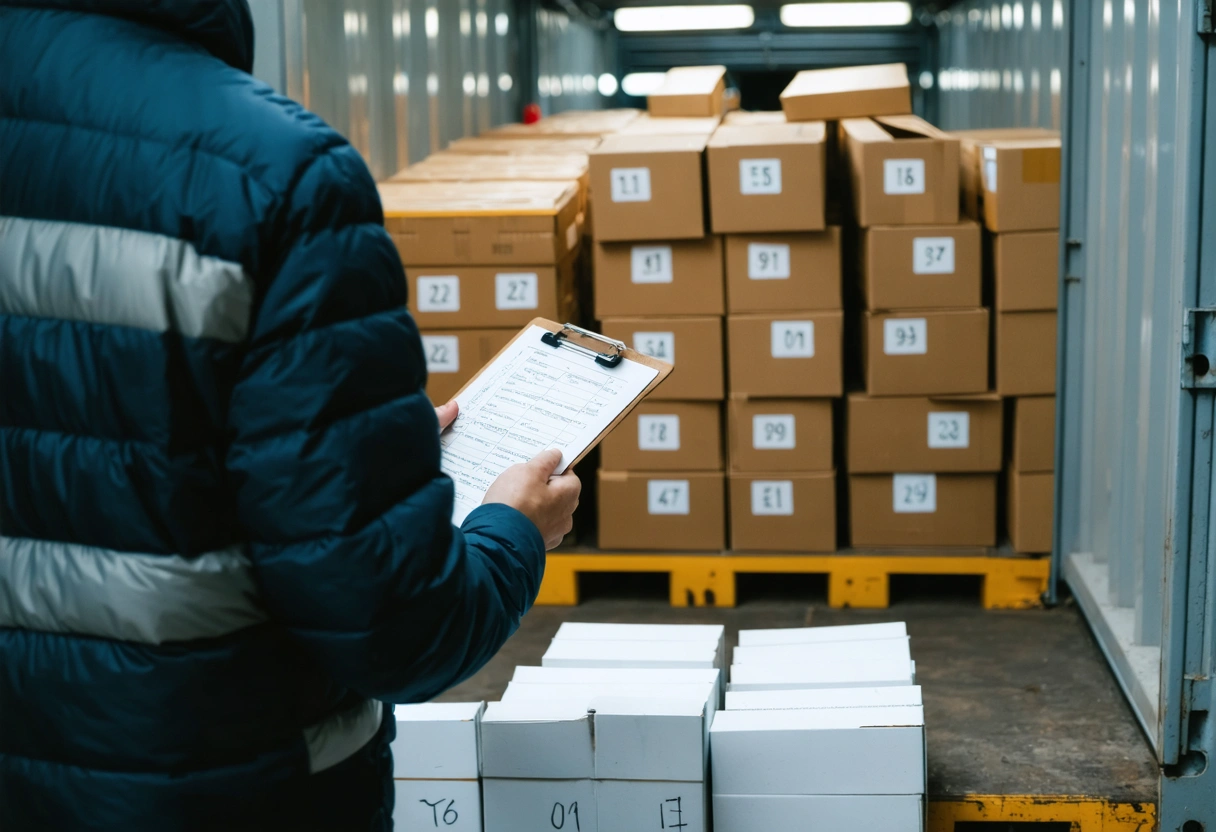
Inventory Management
Maintain a digital or written inventory of all items stored in your container. Number your boxes and bins, and record their contents in a spreadsheet or notebook. Cloud-based organizational apps can help you track items and update your list remotely. If you’re storing business inventory or specialty equipment, consider using barcodes and a simple scanning system for even greater efficiency.
Update your inventory whenever you add or remove items. This practice not only helps you find things quickly but also provides a record for insurance purposes if anything is damaged or lost. For more on home inventory management, check out the NerdWallet Home Inventory Guide.
Protecting Your Items: Climate, Security, and Maintenance
Maximizing space is important, but so is protecting your valuables. The environment inside a rental storage container can be harsh, especially if it’s exposed to the elements. If you’re storing electronics, artwork, or other sensitive items, opt for a climate-controlled unit. Use moisture absorbers or silica gel packs to protect against humidity. Elevate boxes off the floor with pallets to avoid damage from condensation or minor flooding.
Security is another top concern. Always use a high-quality, weather-resistant lock on your container. If possible, choose a container with reinforced doors and tamper-proof features. Regularly check your container for signs of leaks, pests, or damage to ensure your belongings remain safe and intact. The Better Homes & Gardens Storage Organization Ideas page offers additional tips on protecting stored items and maintaining a clean, organized space.
Routine Maintenance and Inspections
If your container is on your property, inspect it at least monthly. Check for signs of water intrusion, rust, or pest activity. Sweep out debris and make sure boxes are not sagging or collapsing. These small efforts will help ensure your belongings remain in excellent condition and your organization system stays intact.
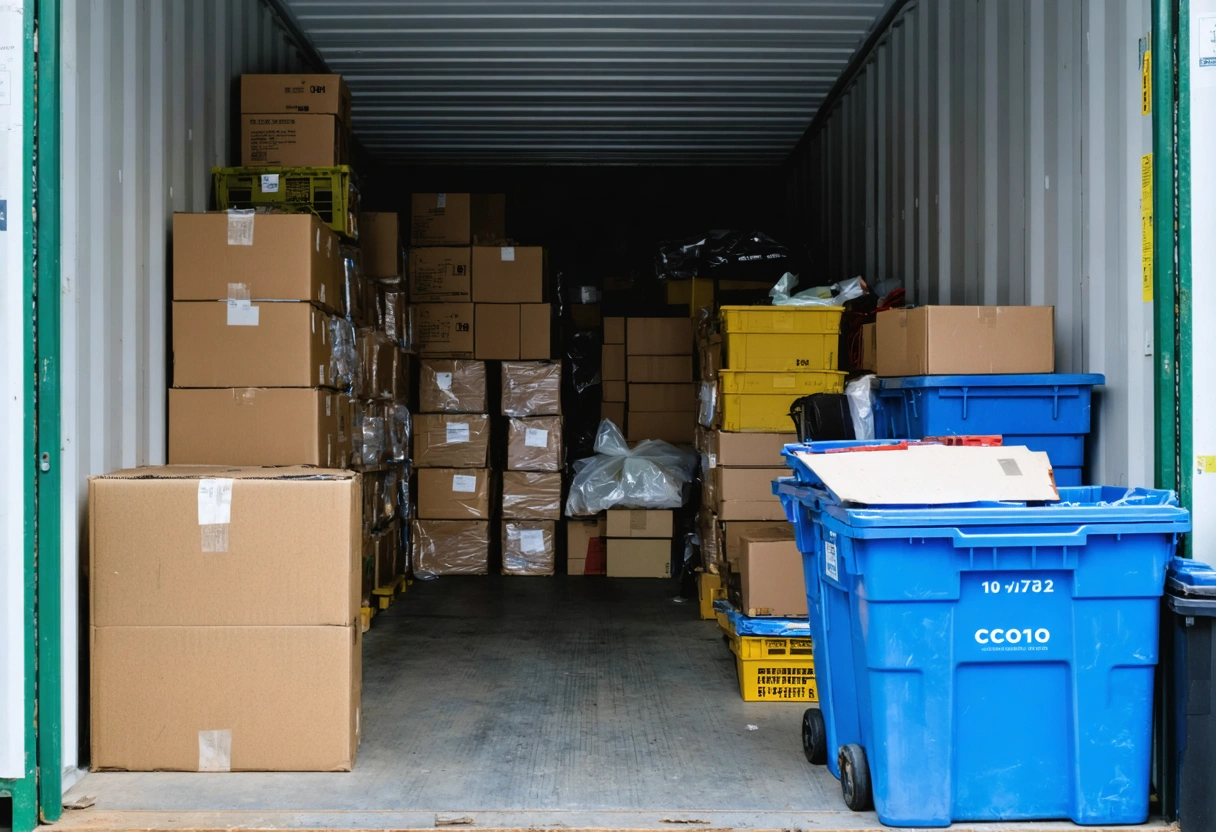
Common Mistakes to Avoid When Organizing Your Storage Container
Even the most meticulously planned storage solutions can go awry due to common mistakes. Here are pitfalls to watch out for:
- Overpacking: Filling your container to the brim without regard for access or stability can result in damaged items and a chaotic retrieval process.
- Poor Labeling: Unlabeled boxes are a recipe for confusion and wasted time.
- Ignoring Weight Limits: Overloading certain areas or stacking heavy items on top of fragile ones can cause breakage and injury.
- Neglecting Accessibility: Not leaving aisles or access points makes it impossible to reach items at the back.
- Skipping Inventory: Failing to keep an up-to-date list of stored items makes it difficult to find what you need and increases the risk of loss.
Avoiding these mistakes will set you up for a more organized and stress-free storage experience. Always think ahead, plan for retrieval, and adjust your system as your storage needs change.
Enjoy the Benefits of an Organized Rental Storage Container
Organizing your rental storage container doesn’t have to be overwhelming. By approaching the process with a clear plan, investing in quality packing materials, and using proven organization strategies, you can transform your storage container from a chaotic catch-all into a streamlined, accessible space. Remember to categorize and inventory your belongings, use space-saving packing techniques, and prioritize accessibility and protection for all items.
The effort you put into organizing your container pays off in time saved, reduced stress, and the peace of mind that comes from knowing your valuable belongings are safe and easy to find. For more tips and inspiration, check out trusted organizational resources like the Real Simple Guide to Organizing Your Storage Unit. With the right approach, your rental storage container will become a powerful ally in managing your space and simplifying your life.
Need help with Maximizing Space: How to Effectively Organize Your Rental Storage Container?


